Programme
Opening Ceremony
09:30 – 09:45
Welcome Remarks
Group Photo
Keynote Talks
09:45 – 10:20
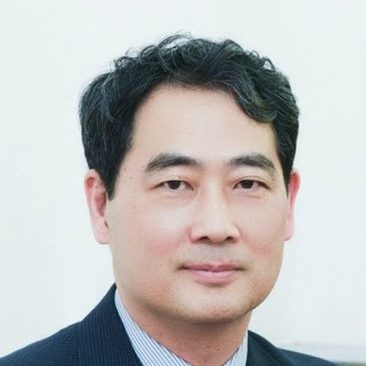
Abstract: Neural information processing in the brain is characterized by extensive interactions between feedforward and feedforward signals. It has been suggested that the feedforward-feedback recurrent processing is the basis for visual awareness. However, the functional significance of feedback signals remains unclear. In a series of studies, we investigated the nature and impact of feedback signals in visual object processing and visual adaptation. Results show that feedback signals play important roles in object recognition, are temporally flexible, task-dependent, and are more important than the feedforward signal in determining neuronal sensitivity in the visual cortex.
Bio: Prof. HE Sheng obtained his Ph.D in psychology from UC San Diego, followed by post-doctoral training at Harvard University. He was on the faculty in the psychology department at the University of Minnesota from 1997 till 2020. He is currently serving as the director of the State Key Laboratory of Brain and Cognitive Science at the Institute of Biophysics, Chinese Academy of Sciences. His main research interests are in human cognitive neuroscience, especially visual cognition. He uses psychophysical as well as brain imaging approaches to study mechanisms of visual object recognition, attention, and consciousness.
Prof. Zhen YUAN
10:20 – 10:55
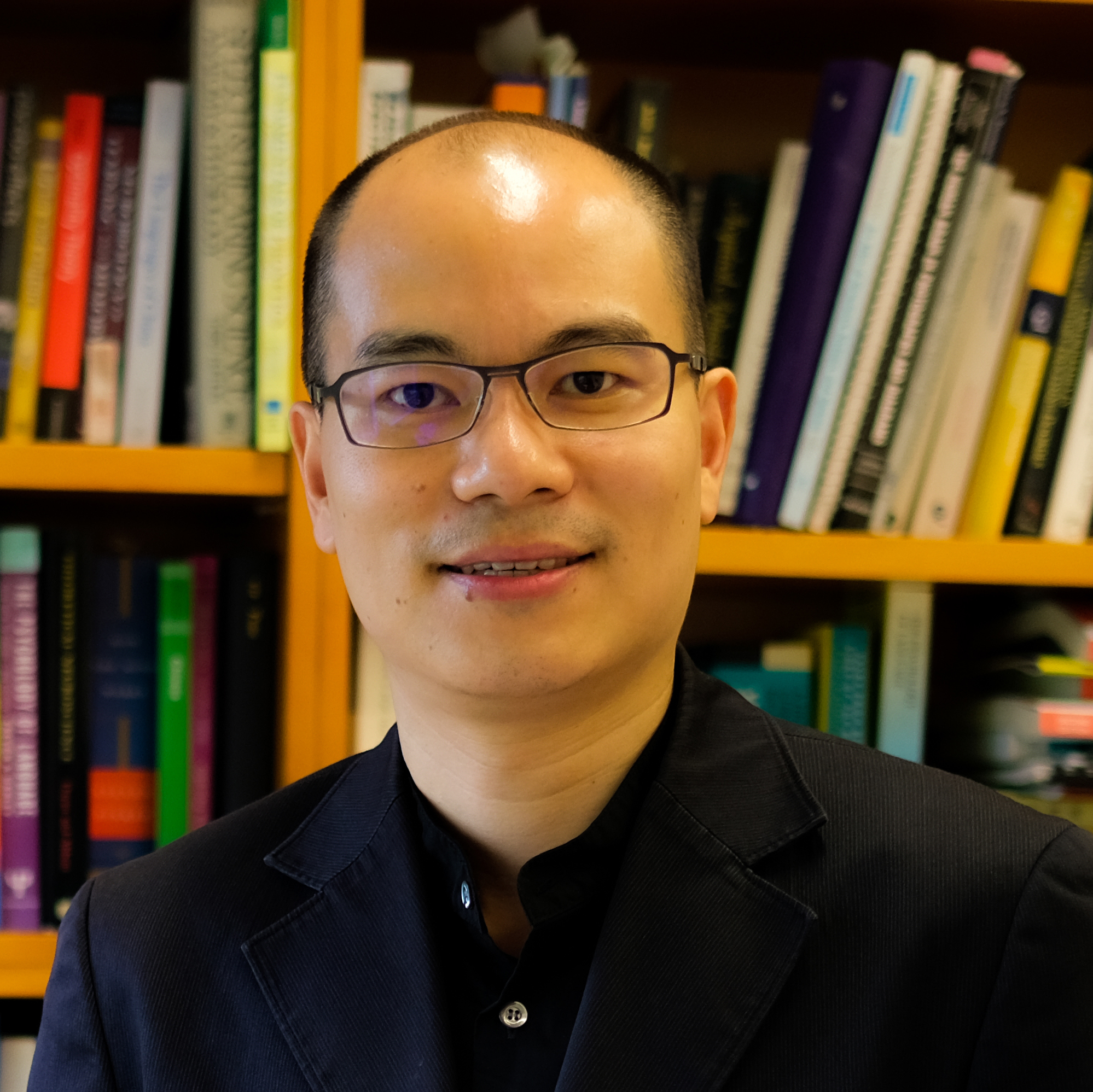
Abstract: Language neuroscience can make important contributions to the broader agenda of precision medicine by capitalizing on what we know about the neurobiology of language learning to improve the precision of detection and intervention of language-related neurodevelopmental conditions. In this presentation, I report findings from a series of studies in which we use neural data collected as early as infancy to construct predictive models to forecast language developmental outcomes at the individual child level. These studies include data from preterm and term-born infants, cochlear implant candidates, and children with a confirmed diagnosis or are at elevated likelihood of autism. Our results show that predictive models using neural data to forecast language developmental outcomes often outperform those that use standard clinical and demographic measures as predictors. In some cases, we have sufficient data to validate the models using unseen data or to evaluate the models’ generalization to cross-site and cross-language data. Besides their potential clinical applications, our neural predictive models also provide opportunities to address more basic questions about the neurobiology of language. For example, we ask whether cortical and subcortical development interacts with native and non-native speech processing in infancy, and whether this interaction forms the basis of spoken language development. In children who are hearing impaired, we examine whether brain regions that are resilient to reduced auditory/spoken language input are those that promote spoken language when hearing is facilitated by cochlear implantation. In both typical and atypical populations, we are in the process of testing whether individual-child predictions can inform the design and prescription of different types of early intervention and enhancement strategies so that language development can be optimized for all children.
Prof. Zhen YUAN
10:55 – 11:15
Refreshment & Poster Session
Guest Talks
11:15 – 11:38
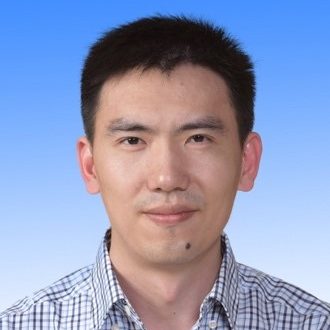
Prof. Kuzma STRELNIKOV
11:38 – 12:01

Prof. Kuzma STRELNIKOV
12:01 – 12:24

Bio: Prof. Xi-Nian Zuo is the Fellow of the Organization of Human Brain Mapping, and currently serves as associate editors for Chinese Science Bulletin, Science Bulletin, China Scientific Data, Nature Scientific Data. He proposed Developmental Population Neuroscience and has focused on its cross-disciplinary discovery. Dr. Zuo has led multiple large-scale data-sharing projects including the Consortium for Reliability and Reproducibility (CoRR), 3R-BRAIN and Chinese Color Nest Project (CCNP), been responsible for building the Interdisciplinary Brain Database for In-vivo Population Imaging (ID-BRAIN) at National Basic Science Data Center. He has been on the mantle of leadership in the National Program of Directional Prediction and Roadmap for Developmental Cognitive Neuroscience, joined the international force on charting human brain lifespan development.
Prof. Cheng Teng IP
12:24 – 12:47
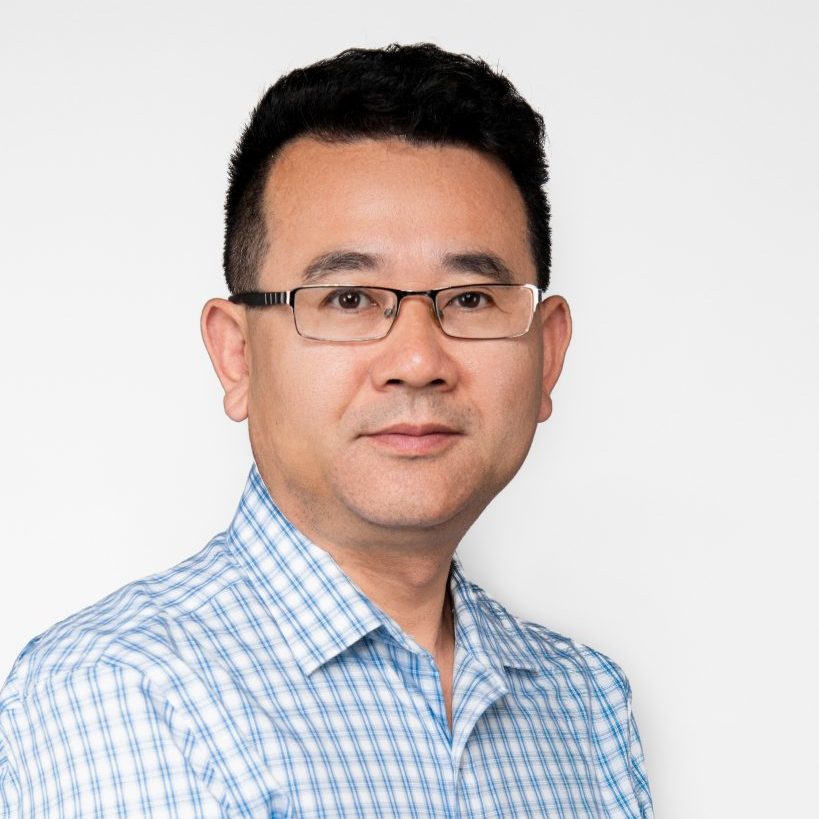
This pilot study illuminates the diverse brain module organization in different FTD subtypes, offering insights into the neurobiological difference that underlies the clinical heterogeneity of FTD. Regions with altered modular properties might also serve as the image markers for predication, early diagnosis, and targeted therapeutic interventions of FTD.
Bio: Prof. Zhen Yuan is a full professor with the Faculty of Health Sciences (FHS)/Centre for Cognitive and Brain Sciences at University of Macau (UM). His research mainly focuses on biomedical optics, cognitive neuroscience, and neuroimaging. Professor Yuan has published over 260 papers in high profile journals in his fields such as Nature Communication, Research, Neuroimage, Cerebral Cortex, Cortex, and Human Brain Mapping. He is the editorial board member of Quantitative Imaging in Medicine and Surgery, associate editor of BMC Medical Imaging, and associate editor of Frontiers in Human Neuroscience.
Prof. Cheng Teng IP
12:47 – 14:15
Lunch at Conference Venue
Keynote Talk
14:15 – 14:50

Abstract: Brain atlas is an indispensable tool for studying the relationship between brain structure and cognitive function. We proposed to create a new brain atlas – the Brainnetome atlas, using brain connectivity profiles. The Brainnetome atlas lays the foundation for research in brain science and brain-inspired intelligence, and opens a new avenue not only for the study of brain science and brain diseases, but also for brain-inspired intelligence. In this lecture, we first introduce the research background and content of the Brainnetome, including the definition and the main research directions of the Brainnetome, the idea of creating the Brainnetome atlas, and the essential differences from existing brain atlas. Then, we will introduce the application of the Brainnetome atlas in elucidating brain cognitive mechanisms and precise diagnosis of brain diseases. Then, we will introduce the challenges and solutions of neuromodulation robots guided by the Brainnetome atlas for precise treatment of brain diseases. Finally, a summary and perspective on future research directions are provided.
Prof. Haoyun ZHANG
14:50 – 15:25
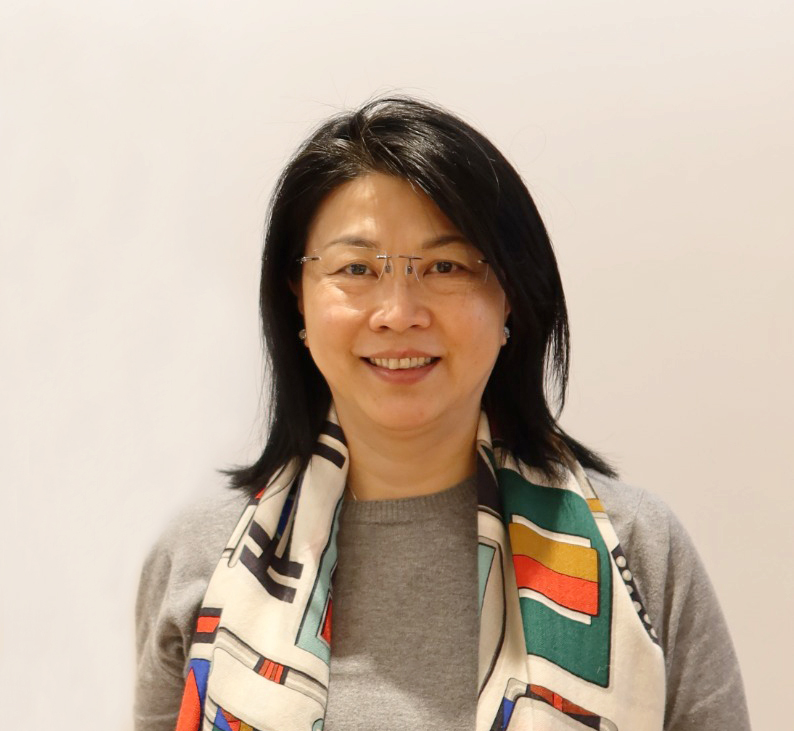
Abstract: Humans rely on safe and secure social environments to thrive as a social species. Research findings indicate that perceived loneliness (loneliness) is a cognitive and mental health risk factor. Our previous work has also revealed that loneliness, when combined with a depressed mood, was negatively correlated to the general cognitive status of older adults. In collaboration with scientists and clinical researchers from Taiwan, the US, and Hong Kong, we conducted a series of studies to understand the neurobiological basis of loneliness in late-life depression (LLD). Our findings indicate that grey matter volumes of the left putamen, caudate, and pallidum could differentiate between healthy controls and people suffering from LLD. Furthermore, a loneliness-related structural sub-network was found across the clinical participants with LLD.
Bio: Prof. Tatia Lee is the Chair Professor of Psychological Science and Clinical Psychology and May Endowed Professor in Neuropsychology at The University of Hong Kong and a visiting Professor at King’s College London. Her research spans the frontiers of neuropsychology and human neuroscience, focusing on the neuroplastic basis of neurocognitive and affective processes underpinning normal and pathological psychological functions. Professor Lee has an impressive publication record of over 300 influential scientific articles. She has achieved significant international and national recognition for her outstanding contributions to the advancement of science. She was elected as a Fellow of esteemed international societies, including The World Academy of Sciences and the UK Academy of Social Sciences.
Prof. Haoyun ZHANG
Main Session – Ground Floor
Guest Talks
15:25 – 15:48

Abstract:阿尔茨海默症(AD)特征为记忆与认知障碍,尚无法有效治疗。前驱期pAD是干预关键期,Aβ病理阳性但未达痴呆,诊断干预仍具挑战。多模态磁共振技术精准评估AD脑变,结构成像显示灰质变化,弥散张量呈现微观损伤,新兴QSM、CEST、ASL结合fMRI揭示铁沉积、脑血氧等新视角。聚焦磁声耦合刺激技术,凭借其高空间分辨率和深穿透力的优势,无创调控神经网络,促进递质释放与突触形成,改善脑血流代谢,有望有效缓解AD的病理进程。
Prof. Haoyun ZHANG
15:48 – 16:11

Bio: Senior Engineer, Institute of Biophysics, Chinese Academy of Sciences, Director of Magnetoencephalogy Laboratory, State Key Laboratory of Brain and Cognitive Sciences, Beijing Magnetic Resonance Brain Imaging Center, main research interests are magnetoencephalogy equipment, data reconstruction algorithm and its application, presided over the construction, installation, commissioning and operation of the first set of magnetoencephalogy system for scientific research in China. A series of advances have been made in the study of focal localization of UHF concussion epilepsy. The first prototype of a new multi-channel magnetoencephalogram system based on atomic magnetometer was developed in China, and the high-quality magnetoencephalogram signal was successfully obtained, and some leading work was made in the field of cognitive and pre-clinical research of wearable magnetoencephalogram.
Prof. Haoyun ZHANG
16:11 – 16:26
Refreshment & Poster Session
16:26- 16:49

Abstract: Leucine-rich glioma-inactivated protein 1 (LGI1), a secretory protein in the brain, plays a critical role in myelination; dysfunction of this protein leads to hypomyelination and white matter abnormalities (WMAs). Here, we hypothesized that LGI1 may regulate myelination through binding to an unidentified receptor on the membrane of oligodendrocytes (OLs). To search for this hypothetic receptor, we analyzed LGI1 binding proteins through LGI1-3×FLAG affinity chromatography with mouse brain lysates followed by mass spectrometry. An OL-specific membrane protein, the oligodendrocytic myelin paranodal and inner loop protein (OPALIN), was identified. Conditional knockout (cKO) of OPALIN in the OL lineage caused hypomyelination and WMAs, phenocopying LGI1 deficiency in mice. Biochemical analysis revealed the downregulation of Sox10 and Olig2, transcription factors critical for OL differentiation, further confirming the impaired OL maturation in Opalin cKO mice. Moreover, virus-mediated re-expression of OPALIN successfully restored myelination in Opalin cKO mice. In contrast, re-expression of LGI1-unbound OPALIN_K23A/D26A failed to reverse the hypomyelination phenotype. In conclusion, our study demonstrated that OPALIN on the OL membrane serves as an LGI1 receptor, highlighting the importance of the LGI1/OPALIN complex in orchestrating OL differentiation and myelination.
Prof. Haiyan WU
16:49 – 17:12
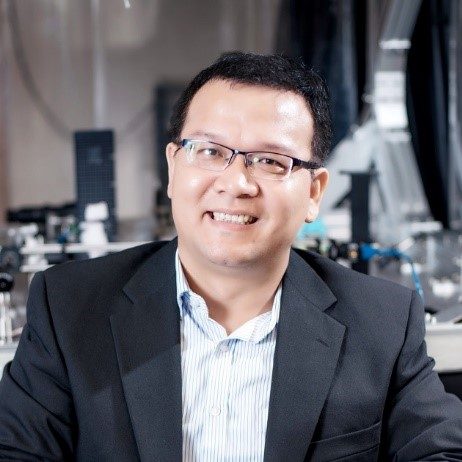
Prof. Haiyan WU
17:12 – 17:35

Prof. Haiyan WU
Parallel Session – 1st Floor 1005
Guest Talks
15:30 – 15:53

Bio: Prof. Strelnikov graduated from the Faculty of Medicine of Saint-Petersburg University, where also defended his PhD thesis in Physiology and Neuroscience. Afterwards, he did several postdocs at the Brain and Cognition Center of Helsinki University, the Center of cognitive neuroimaging of Paris University, and the Brain and Cognition Center of Toulouse University. Then he worked as clinical research coordinator and chief of research projects at the Direction of clinical research of the Toulouse University Hospital Center. From November 2023, he worked as associate professor in Center of Cognitive and Brain Sciences, University of Macau.
Prof. Michiel SPAPÉ
15:53 – 16:16

Abstract: Aging is often accompanied by declined cognitive function, leading to a high risk of dementia. In particular, older adults often have difficulty in processing complex information such as making decisions under risk. Our recent researches have reported that the fronto-subcortical network plays a crucial role in age-related cognitive deterioration, and could be a possible interventional target. In risky decision-making tasks, we found close relationships between fronto-subcortical networks and risk-taking behaviors in older individuals. Using transcranial electric stimulation, the frontal stimulation shows beneficial effects on brain efficiency in multiple domains, such as improved working memory, better decision strategy and less cognitive fatigue. In rodent models, we also found that TMS with extremely low intensity remarkably modulated cognitive performances, depending on stimulation frequency and intensity. Although non-invasive brain stimulation could be an effective interventional approach, more research is needed to optimize experimental design and parameters.
Bio: Prof. Ren Ping received PhD degree (Neurobiology) from Chinese Academy of Sciences, and continued postdoc research in University of Rochester for 6 years. Since 2019, he joined Shenzhen Mental Health Center/Shenzhen Kangning Hospital. His research focuses on the neural substrates of cognitive aging and dementia, and early intervention of cognitive impairment. He uses multiple approaches, including computerized behaviour tasks, non-invasive brain stimulation, and MRI. His recent work is mainly about decision-making alterations and early intervention in older adults.
Prof. Michiel SPAPÉ
16:16 – 16:26
Refreshment & Poster Session (Ground Floor)
16:26 – 16:49
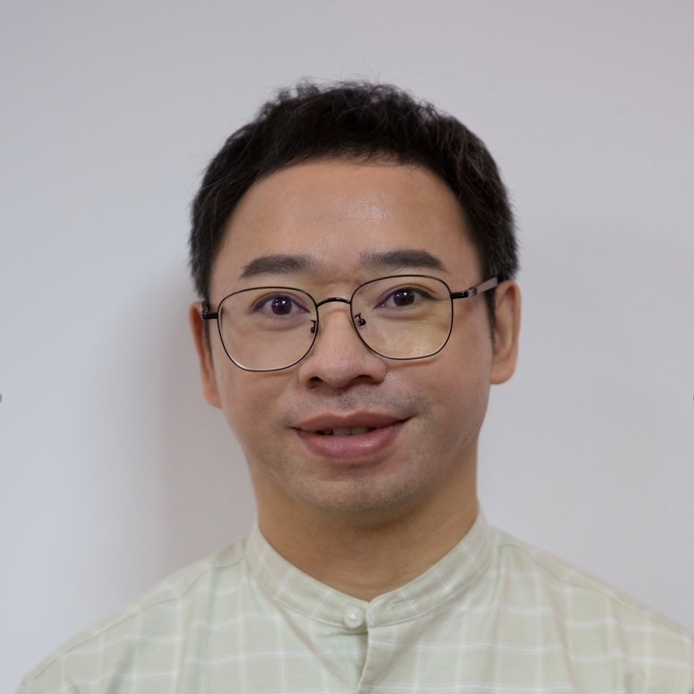
Prof. Rihui LI
16:49 – 17:12

With the advent of ultra-high field (UHF) MRI, high-resolution neurovascular imaging at 7 Tesla (7T) can clearly depict the structures and lesions of cerebral small vessels, particularly the lenticulostriate arteries and deep medullary veins. In this presentation, we will demonstrate the effectiveness of accelerated high-resolution imaging sequences at 7T for these arterioles and venules. Meanwhile, we will introduce our neural network-based algorithms for small vessel segmentation and modeling. Utilizing these advanced UHF-MRI methods, we have identified various pathological features of cerebral small vessels in CSVD and revealed neurovascular imaging markers most directly associated with cognitive and behavioral decline.
UHF neurovascular imaging provides significant insights into the pathophysiology of CSVD, offering potentials in understanding its pathogenic mechanisms on brain cognition and function, as well as in improving the diagnosis and management of CSVD.
Prof. Rihui LI
17:12 – 17:35

Prof. Rihui LI
17:35 – 17:45
Break
17:45 – 18:05
Poster Awards
Closing Remarks & Group Photos
18:20
Dinner for Invited Speakers at Grand Plaza 萬豪軒 (N1 Ground Floor)
